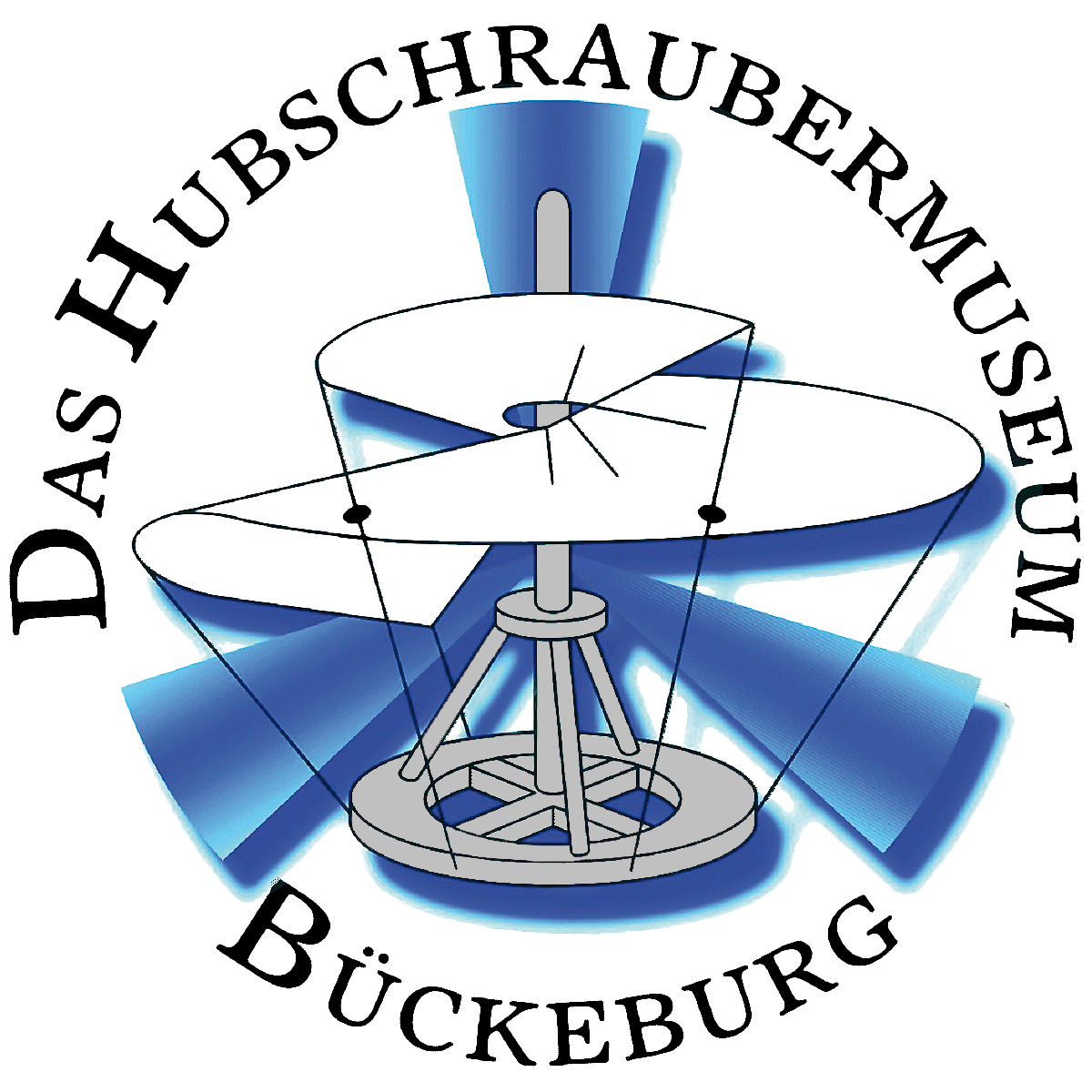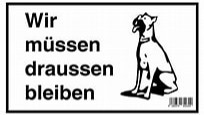AEG-EN
Allgemeine Elektrizitätsgesellschaft
Allgemeine Elektrizitätsgesellschaft (General Electronics Company) It was in 1912 that AEG began to produce aeroplanes on the former Teltow aerodrome near Berlin. In 1913, AEG used metal construction fort he first time in Germany. Aeroplanes were built using seamless drawn tubing that was welded for the fuselage frame. Later, even wing spars were built with this technology. Another pioneer work of the AEG aircraft construction was the introduction of hinged wings. During WW I the factory was relocated to Berlin-Henningsdorf, where a runway with a length of 3 km was established. The factory then was shifted to Johannisthal at the end of the war. Some large bombers became well-known as war planes, e. g. the AEG G.IV. In 1919, AEG was forced to discontinue aircraft construction based on an order by the Western Allies. The major part of the personnel was taken over by the locomotive department being part of the factory. Aircraft construction did not resume until 1933, when an electrical helicopter was developed. Apart from this development work taking place in Berlin, AEG had a high-capacity plant in Wildau near Königswusterhausen. Among other things, empennages for Ju-88, 188, and 388 were produced and repaired in this plant. AEG Helicopter In 1933, a helicopter has been built according to the concept of R. Schmidt, designed as captured surveillance platform. It had two co-axial rotors with different diameters. The upper rotor was the larger with a diameter of 7,93 m. The helicopter was powered by a 50-shp electric engine. Test were conducted until 1936, but were then discontinued because of the power unit showing a lack of stability. New tests began in 1940. This time, both rotors had a diameter of 7.93 m, with an engine power of 50 shp. Later, this power was increased to 100 shp at 310 rotor revolutions per minute and finally to 200 shp at 450 rpm. Thus, the lifting force was increased from initially 450 kg to 1,250 kg. Transport of the helicopter was accomplished with a motor truck, which also carried the captive harness as well as the electrical system (a voltage of 2000 volts for the helicopter engine). However, the AEG helicopter has never come into operation.



